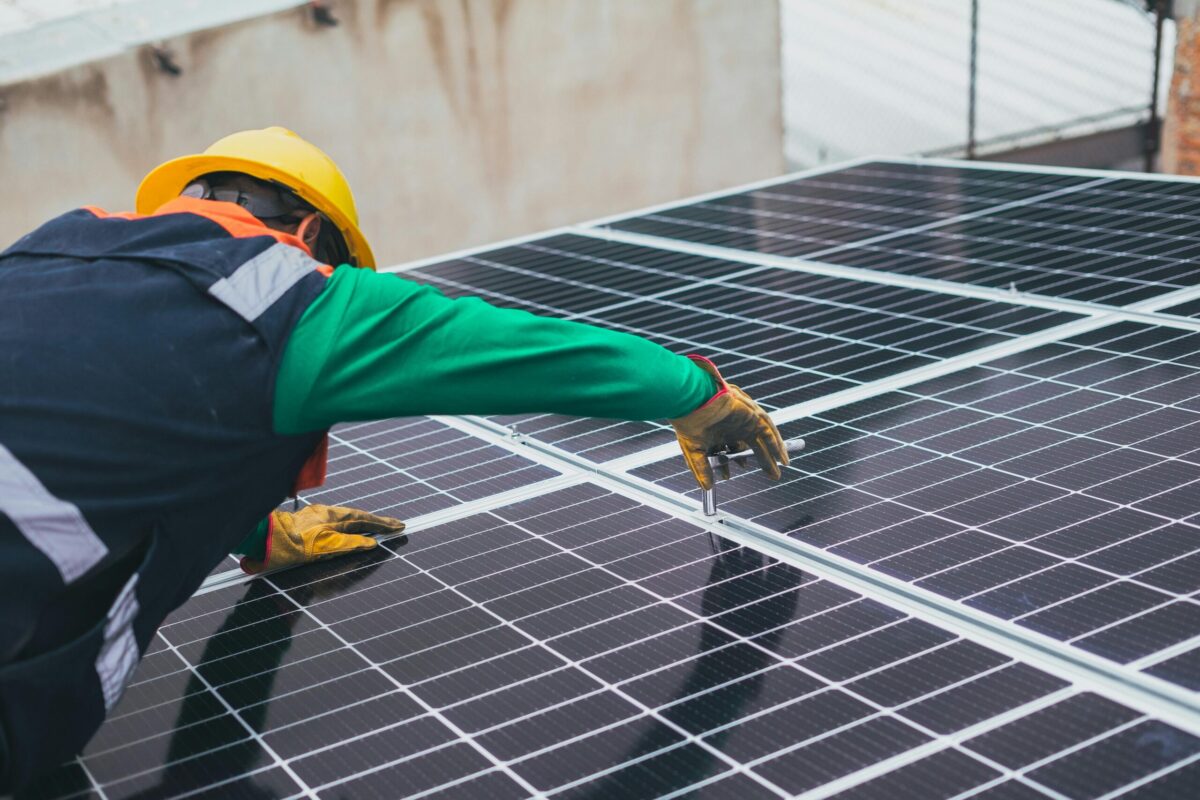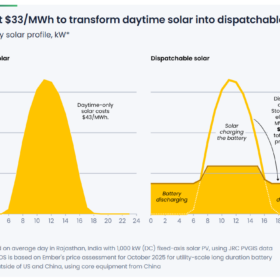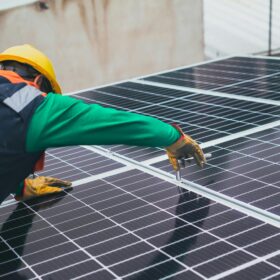Three transmission grid operators have prioritized certain generating projects for interconnection on an emergency basis, to maintain grid reliability. Yet “early evidence suggests that these mechanisms produce portfolios heavily weighted toward thermal resources that are not immune from high network upgrade costs,” says a study by Grid Strategies published by renewables trade group ACORE.
In other words, the grid operators PJM, MISO and SPP have set rules that allow certain projects to “jump” ahead in the queues, ACORE said on its landing page for the report. That’s often at the expense of renewable generation projects that have been waiting in line for interconnection studies, typically for years.
Although the emergency programs “are labeled ‘one-time only,’” the study cautions, “they could be extended or repeated.”
“In many cases, core tenets of fairness and competition are being compromised,” the study says, adding that technology-neutral open access to transmission and interconnection services is “the cornerstone of competitive wholesale electricity markets, enshrined in the Energy Policy Act of 1992.”
To ensure open access, the study recommends a two-path framework for interconnection queue reform.
The first path would be an “enhanced readiness fast lane” for projects that address “verified near-term reliability needs.” This path would be activated only under specific conditions and governed by “transparent, objective and non-discriminatory criteria.”
The second path would restructure the baseline interconnection queue to align project intake with available and planned transmission capacity headroom, using scoring systems to prioritize commercially ready and policy-aligned resources. Projects that score below the cutoff would be deferred to a subsequent cluster, or offered “alternative arrangements such as energy-only interconnection.”
The California grid operator CAISO has permanently restructured its queue in a way similar to the proposed second path, as the study describes.
The two paths would then be harmonized. Data from each “fast-lane” process would feed into the next planning cycle and inform baseline intake caps. In the queue path, transmission planning reports would publicize the creation of headroom for additional generation, with intake caps adjusted as that headroom materializes.
The proposed fast lane is seen as a narrowly tailored, temporary tool, while the proposed new baseline queue is seen evolving “into a robust, forward-looking mechanism for integrating new resources.”
Over time, coordination of the two paths “should reduce the need for emergency interventions,” as “capacity-aware entry” and proactive transmission investment “keep the pipeline flowing.”
Ultimately, the success of interconnection reform should be measured “not by the number of studies completed, but by the timely energization of projects that meet real system needs.”
While the study does not address how its proposed reforms might be implemented, it advises independent renewable developers and regulators to “closely examine” recent trends in the use of emergency processes and “develop a long-term strategy that upholds open access and competition.”
The study is titled “Interconnection Queue Rationing Reforms.”
This content is protected by copyright and may not be reused. If you want to cooperate with us and would like to reuse some of our content, please contact: editors@pv-magazine.com.








By submitting this form you agree to pv magazine using your data for the purposes of publishing your comment.
Your personal data will only be disclosed or otherwise transmitted to third parties for the purposes of spam filtering or if this is necessary for technical maintenance of the website. Any other transfer to third parties will not take place unless this is justified on the basis of applicable data protection regulations or if pv magazine is legally obliged to do so.
You may revoke this consent at any time with effect for the future, in which case your personal data will be deleted immediately. Otherwise, your data will be deleted if pv magazine has processed your request or the purpose of data storage is fulfilled.
Further information on data privacy can be found in our Data Protection Policy.